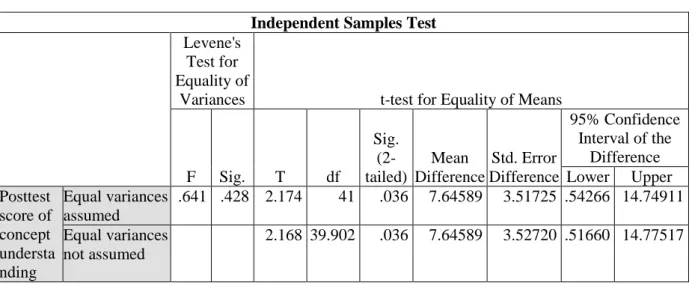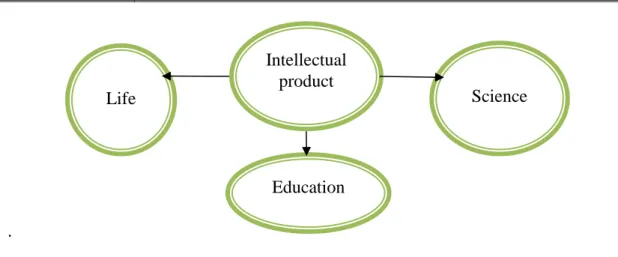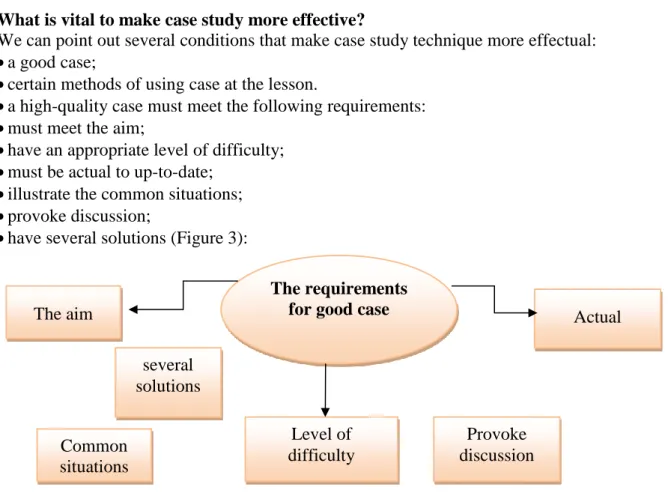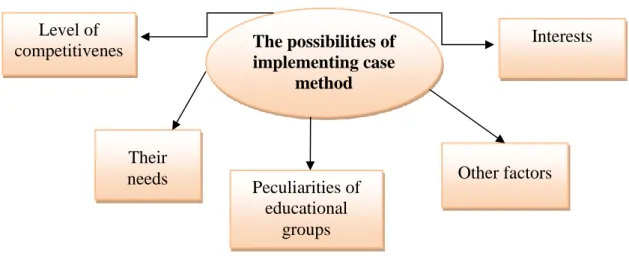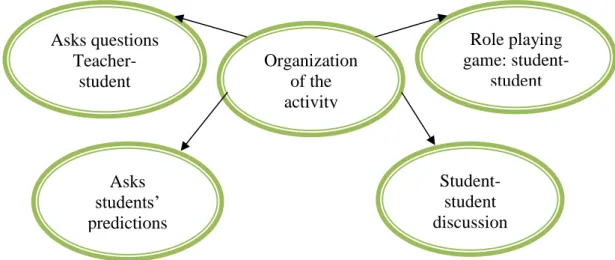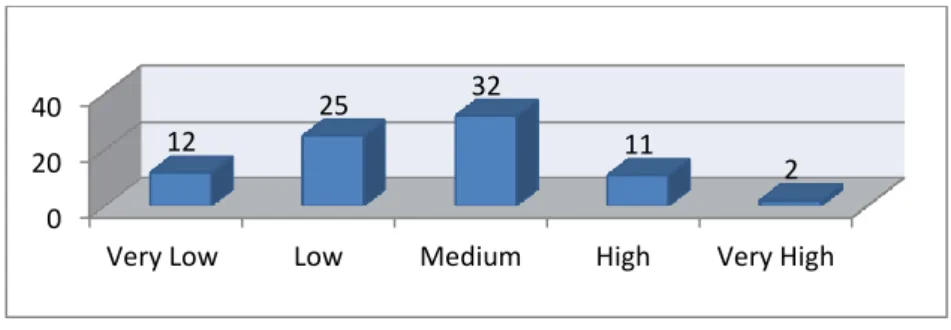Epigraphs have a special role in the composition of the mentioned studies, image understanding and presentation of the theme. The following components of the composition are the prologue (preface) and the epilogue (last words), which are included in the prose of the drama. In dramatic works, the author's thought can be conveyed in the epilogue through the words of the characters.
Auezov's «Qorgansyzdyn Kuni» (Homeless Life) exposition of the plot is the beginning of the work. Aggravation of the plot is the escalation and exacerbation of the story into dead-end battles. However, the decision of the plot ends with the last paragraph of the work or an epilogue.
Plot time is the arrangement of specific moments in a certain order with the description of the author in the work. Esembekov says: the author needs to change the rhythm of the plot flow of time [3].
Rayeva 1 , G. Sagidolda 2
The name of the animal occupies a special place in the vocabulary system of the Turkic languages. Therefore, such analyzes allow the identification of layers of Turkish zoonyms characteristic of the general Turkish period and subsequent periods, reflect the history of their formation, personal changes and identify new species that appeared in later periods. They can also become useful resources in the field of historical word formation, morphology and lexicology of Turkic languages.
From the general content of the article, it is necessary to take into account the subject of the study of Turkish zoonyms, analyze the scientific conclusions of the etymological dictionaries of the Turkish languages regarding the zoonyms Arystan and Kabylan, and create your own judgment. As a result of the study, it is assumed that the creation of zoonyms in Turkic languages according to a certain model, that is, on the basis of a general model of morphological structure, a certain word-forming system in the formation of animal names can have. Qazaq tili leksikasy damuynyn etimologiyaq negizderi [Etymological basis of the development of the vocabulary of the Kazakh language.].
Utebekov
DHK'da sayı ve sıklık bakımından çoğunlukla toplumla ilgili alıntı kelimeler kullanılmakta, sadece Türkçe kökenli iki kelimeye rastlanmaktadır. DHK'da konut ve konut bölümleriyle ilgili bār-gāh, ḫāne, bāp, binā gibi alıntı kelimeler ile ėşik (40a/4), üy "etc" (35a/3) gibi Türkçe kökenli kelimeler bulunmaktadır. DHK'de de bazı değişikliklerle karşılaştığımız bu sözler Yesevî'nin düşünce ve bakış açısının simgelerini oluşturmaktadır.
Tarihsel ve modern Türk lehçelerinde küçük fonetik ve morfolojik değişikliklere rağmen anlam ve kullanım açısından değişmeyen bu kelimeler, DHK'da da aynı kullanımla karşımıza çıkmaktadır. Tonlamayla, ekler ve kelimeler yardımıyla gerçekleştirilen bu sanat türüne DHK'da sıklıkla rastlanmaktadır. Onun için DHK'da otuz yaşına geldim, ömrüm bitti/ Ölümden ölüyorum, ömrüm yeter (9b/10), ḥaḳḳ kelimesini anlayamayanlar tevbe edip yiġlamaġ/.
Türklerin bu sanatlarla ilgili eserlerinin ipuçlarını DHK'da geçen ḳamçı (23b/9) ve yazġ "silah, teçhizat" (31b/7) sözcüklerinden de görmek mümkündür. DHK'da çiy tek başına bitkiye atıfta bulunarak "kamış, kamış" anlamına gelir; "Kamıştan yapılmış alet" (33b/7) ve samandan (61b/6) sözcükleri kullanılmaktadır. Aynı şekilde DHK'da da bazı hayvan isimleri ve hayvanlarla ilgili bazı kelimeler yer alıyor.
Günümüz Türk lehçelerinde bazı ses değişiklikleriyle kullanılan bu kelimelerin bir kısmı DHK'da da karşımıza çıkmaktadır. DHK'da nesnelerin özelliklerini, niteliklerini ve durumlarını ifade eden kelime sayısı diğer gruplara göre daha fazladır. Ahmet Yesevî'nin altmış üç yaşına kadar olan hayatını anlatan Yaşname'de bilgelikte kullanılan sayı adlarının çoğu geçmektedir.
DHK'da yirmi dokuz ifadesi Farsça'dan alınan kem "eksik, eksik" kelimesiyle yapılmıştır: a kem otuz yaşında yėttim ḥālim ḥarāb (7b/5).
Moldasheva
Arap imlasının Türk diliyle fonetik uyumsuzluğu da daha ciddi ünsüz sorunlarına yol açtı. Yüzyılın ilk çeyreğine kadar Tatar alfabesinin Arap alfabesine dayalı olarak yeniden düzenlenmesi ve ardından Latin alfabesine geçilmesi konusunda yoğun tartışmalar yaşandı. Türk dilinin Arap alfabesi ile notasyonunda tüm seslerin kullanılmaması yanlış okumaya neden olmuştur. Bu yanlış okumalardan kurtulmak için Kur'an yazılarında olduğu gibi "çalışmak" kullanılmış, ancak yüzyıllar sonra işe yaramadığı için ünlü harfler çıkarılmış ve kelimelerin daha doğru okunmasını sağlayacak şekilde harflere başka işlevler eklenmiştir. ve kolayca.
Konuya Türk dili açısından bakıldığında, her alfabe değişikliğinde Türkler, bir önceki alfabeyle yazdıkları ürün ve kültür birikiminden belli ölçüde vazgeçmişlerdir. Türk Dili ve Arap Alfabesi // Dil ve Alfabeye İlişkin Görüşler, Ankara: Atatürk Kültür, Dil ve Tarih Yüksek Kurumu Yayınları, 1991, s. Arap Harflerinden Yeni Türk Harflerine // Dil ve Harflere İlişkin Görüşler, 1991, Ankara: Atatürk Kültür, Dil ve Tarih Yüksek Kurumu Yayınları, s.
Türk Dili ve Arap Alfabesi // Dil ve Alfabeye İlişkin Görüşler, Ankara: Atatürk Kültür, Dil ve Tarih Yüksek Kurumu Yayınları, 1991, s. Arap alfabesi ve Türk dili // Türk dili üzerine araştırmalar, 2007/3 C.III, s. Yazı Devrimi // Türk Dili ve Edebiyatı Dergisi, Yazı Devrimi özel sayısı, Kasım 1978, V.XXXVIII, S:326, s.
Arap alfabesinin Türk diline uygunsuzluğu] // Dil ve alfabeye ilişkin görüşler. Arap harflerinden yeni Türk harflerine, // Dil ve alfabeye bakış. Türk Dünyası ve Türk Dili: Tarih ve Amaçlar.
Kazakçanın Latince nasıl yazılacağına dair düşünceler // Türk Dünyası Dil ve Edebiyat Dergisi.
ПЕДАГОГИКА ЖӘНЕ ПӘНДІ ОҚЫТУ ӘДІСТЕМЕСІ
M. Adiyeva
Implementation of the Group Investigation (GI) learning model, supported by learning tools to improve the ability to understand mathematical concepts. The article is about the use of the case study method which is considered one of the modern and actively used methods of interactive teaching of foreign languages in higher educational institutions. The case study method is a type of method that develops critical thinking and interpersonal thinking. communication skills. In particular, recommendations based on the results of the study will help increase managers' empathy.
Internal factors consist of: (1) the desire to live, (2) the desire to be able to live in possession, (3) the desire for appreciation, (4) the desire for recognition, (5) the desire for power. While the results of the average benefit in this study are 80.96, which fall into the middle category. While the results of the average achievement in this study were 98.38 in the middle category.
While the results of the average benefit in this study were 130.43, which was included in the middle category. The results of the study show that school culture has a strong impact on teacher performance in Umar Teuku Group, Wonosalam District, Demak Regency. The results of the study in Table 3 show that teachers' work motivation has a strong influence on teachers' performance in Umar Teuku Group, Wonosalam District, Demak Regency.
The influence of school culture on teacher performance when seen from the size of the regression coefficient is 0.570. The results of the above study indicate that school culture has an influence on teacher performance in Wonosalam District, Demak Regency. 27] with the title "The influence of transformational leadership and work motivation on teachers' performance".
While the results of the average benefit in this study are 80.96, which fall into the middle category. Based on the exposition of the above research results, it shows that there is a significant influence between school culture and work motivation on the performance of primary school teachers in Wonosalam District, Demak Regency. The impact of transformational leadership and work motivation on teachers' performance // International Journal of Scientific &.
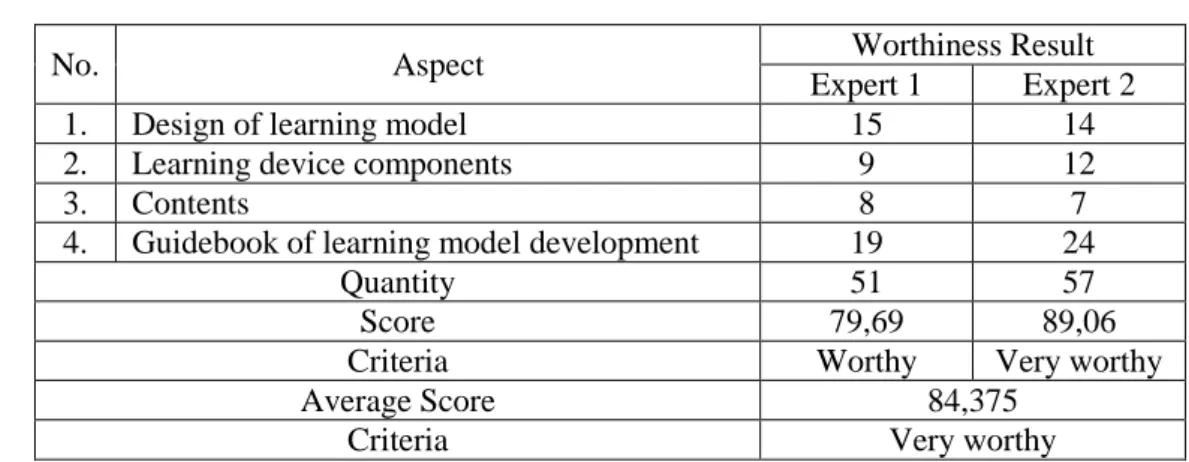
K. Alipkhan
The results of the effectiveness test were tested by an independent t-test in the experimental class and the control class showed a significance of <0.05, i.e. Based on the results of the study, it was concluded that video -supported picture books were effectively used to improve the understanding of fraction concepts for fourth grade primary school students. Samborska [6] also concluded that fractions are a difficult material, where many student errors indicate a lack of conceptual understanding of the material.
The low understanding of the concept of fractions based on the results of research by Siegler & Pyke [8] is caused by students who only memorize the rules of the procedure, but do not understand the concepts corresponding to fractions. 9] who concluded that making fractions in the learning media was able to improve understanding of the concept of fractions. This means that every student must have an understanding of the concepts that are part of the cognitive domain.
The feasibility of the product was obtained from the results of expert validation consisting of linguists, material and media experts, as well as the results of teacher and student response questionnaires. To test the effectiveness of the product developed, the data analysis used was paired t-test and independent t-test. Based on the needs analysis and literature review, it was found that there is a need for the development of teaching materials that can be used by teachers following the challenges of the 21st century, especially for understanding the concept of mathematical content [16 ].
Therefore, there is a need to develop a picture storyboard with the help of a video to improve the understanding of the concept of fractions for fourth graders at Gugus Yos Sudarso Primary School in Pulokulon Region. This can be seen from the recapitulation results of the questionnaire that the level of need for picture books is high with a student rating of 84.67% and a teacher response of 86.67%. The last stage of designing the development of this video-supported picture book is the evaluation, namely the learning evaluation to determine the understanding of the concept of fractions through tests.
Based on the results of the average expert validation in the table above, it can be concluded that the developed book is possible to use as teaching material for students with an average score of 3.07 for linguists, 2.94 for material experts and 3.17 for media experts.



